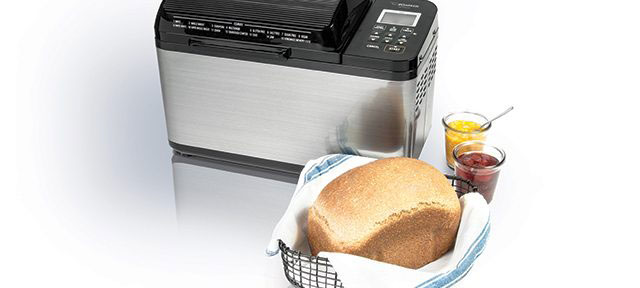Month: November 2018
An Acquired Taste of Japan – Monjayaki!
Read more: An Acquired Taste of Japan – Monjayaki!Cold weather. Short days. The perfect time for delicious warm foods and drinks, especially when…

Product Inspirations – Home Bakery Virtuoso® Plus Breadmaker (BB-PDC20)-November 2018
Read more: Product Inspirations – Home Bakery Virtuoso® Plus Breadmaker (BB-PDC20)-November 2018Crisp, cold, fall air. Shorter days. Holidays with family. November is such a wonderful time…
The Voices of Zojirushi – Peter!
Read more: The Voices of Zojirushi – Peter!We enjoyed speaking with our Administration Manager, Peter, this month and want to share the…
Food Memories
Read more: Food MemoriesDo you have Food Memories? What I mean is, do you have certain foods that…